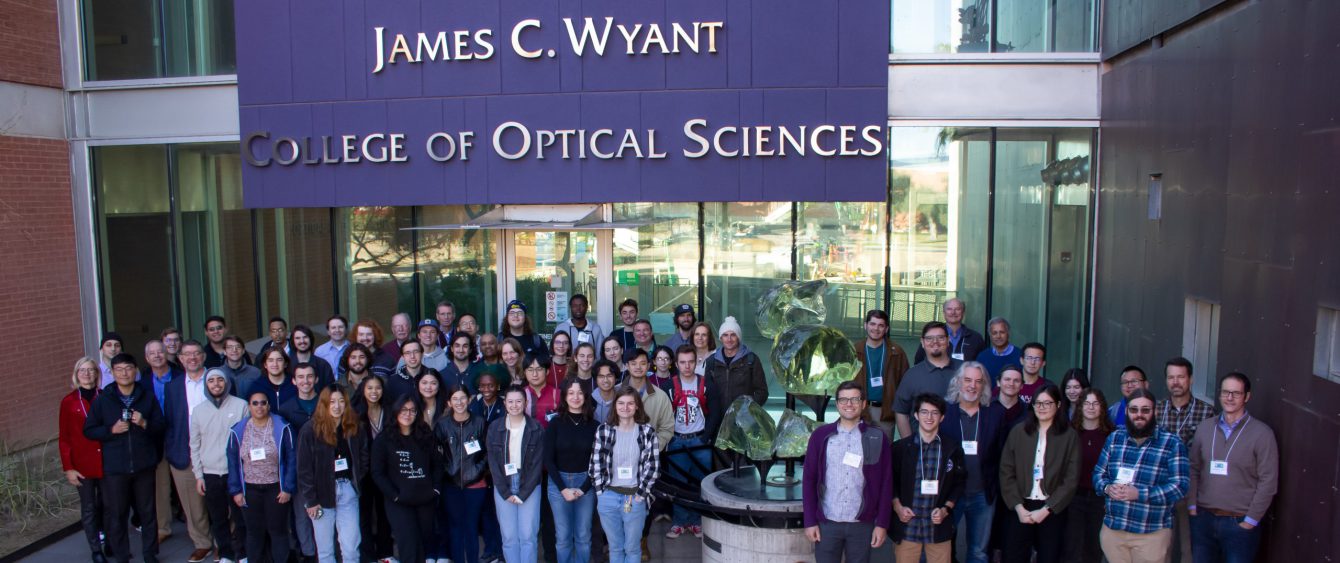Keynote Talks 2024
Finding and Characterizing the Asteroids and Comets That Get Close to Earth
Professor of Planetary Sciences, University of Arizona
Friday, January 5th, 8:40 am (Optical Sciences 307)Asteroids and comets impact the Earth infrequently, and they are not a daily concern compared to other natural hazards. However, we would like to understand the potential for a major impact to occur in the next century, and this question is best addressed by conducting thorough searches that can identify any object years to decades before any close approaches. NASA’s Near-Earth Object Surveyor mission is designed to perform such a search using a thermal infrared imager instrument that can detect the objects as well as provide measurements of their effective size and potential impact energy. The mission will launch in late 2027 with a primary science objective of finding, cataloging, and characterizing the asteroids and comets that get closest to Earth.
Fusion ignition in the laboratory and the role of diagnostics at the National Ignition Facility
X-ray Measurement & Diagnostic Science Group Leader, Lawrence Livermore National Laboratory
Friday, January 5th, 7:45 pm (Flandrau Science Center and Planetarium)
On December 5th, 2022, the National Ignition Facility (NIF) in Livermore, California, USA performed the first experiment demonstrating controlled fusion ignition in the laboratory. With a 2.05 MJ UV laser drive energy delivered to the target, a yield of 3.15 MJ was released by the fusion reactions in the capsule, providing a net target gain of ~1.5×. Part of that success has been facilitated by increasingly sophisticated x-ray and nuclear diagnostics making experimental observations that have continuously advanced our understanding, and guided experimental improvements in targets and laser drive. Here we present several examples of the impactful ways that diagnostics helped identify and highlight detrimental issues in implosions and describe how new or improved diagnostics capabilities and pursuing the resulting, sometimes unexpected, observations paved the way for the recent successes on the NIF. We will discuss the ignition result as well as the next steps for NIF and provide an outlook on future applications and technologies, including the reinvigorated pursuit of Inertial Fusion Energy.
James Webb Space Telescope: A triumph of Engineering for Science
Drs. Marcia Rieke and George Rieke
Regents’ Professors of Astronomy, University of Arizona
Saturday, January 6th, 9:00 am (Optical Sciences 307)
JWST is a triumph of high technology, engineering and management. The University of Arizona had central roles in two of its four instruments, as a continuation of our central role in infrared astronomy. We will review this history briefly, and show the importance of JWST in the context of astronomy overall. Some of the technical features of the telescope, NIRCam and MIRI will be described in depth. We will finish by showing off some of our favorite and spectacular science results.

